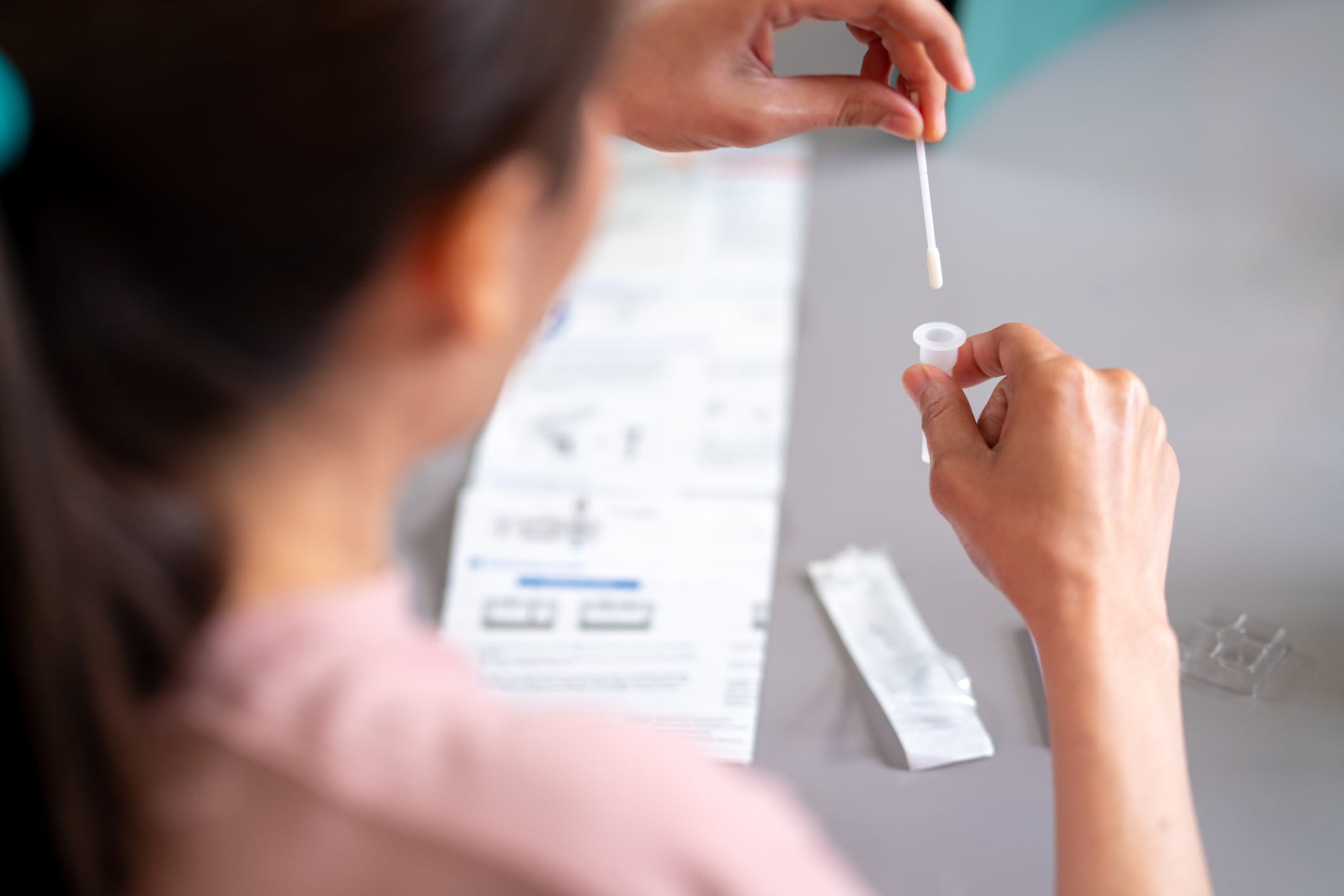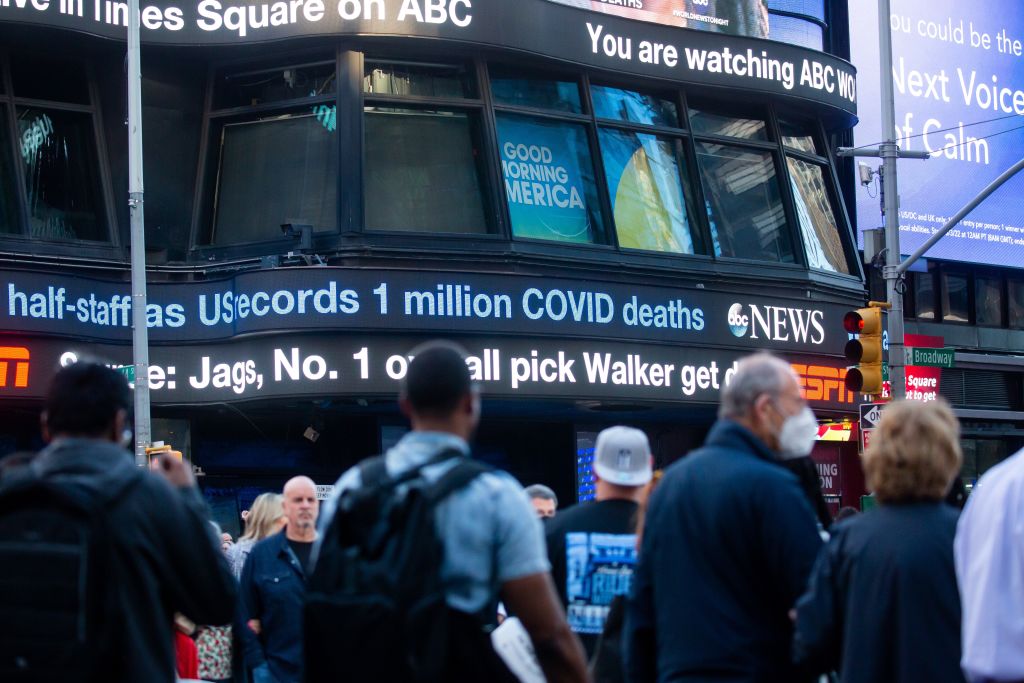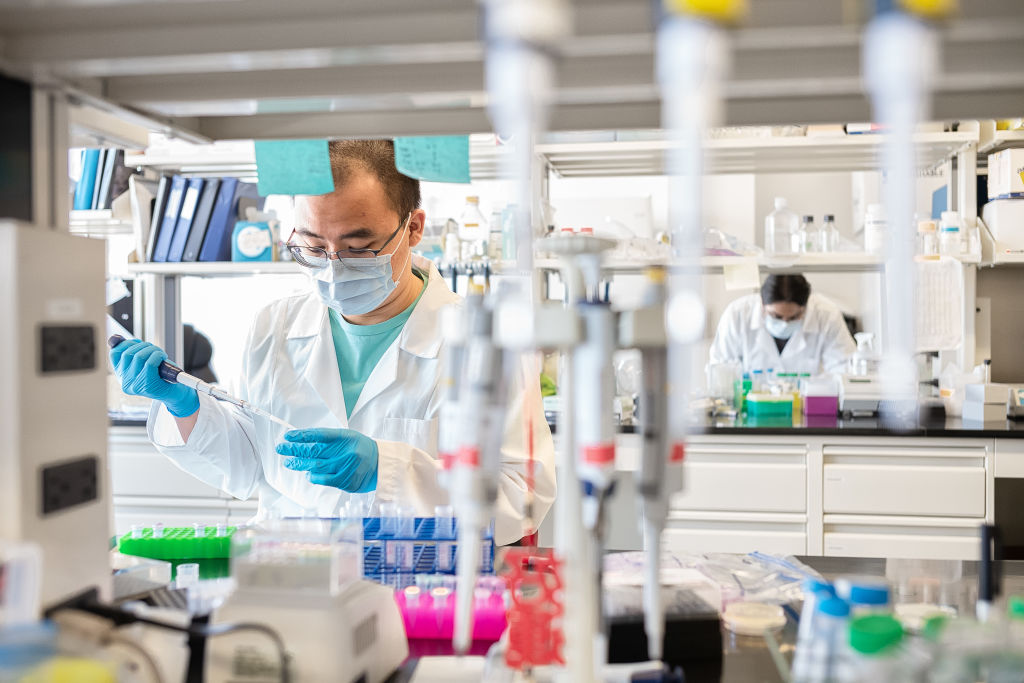Mask mandates are not coming back to New York City public schools despite the city's transition to high COVID alert status a day ago and the latest mask-up-indoors-for-all advisory, Mayor Eric Adams said when asked about any protocol change Wednesday.
Under the new, tiered COVID alert plan Adams and his team unveiled earlier this year, which is based on the CDC's system, a high alert status means New Yorkers should "wear a face mask in all indoor public settings and crowded outdoor spaces," among other precautions. The health commissioner issued an updated mask advisory even before the alert level changed, urging all New Yorkers to mask up indoors regardless of vaccination status as highly contagious omicron subvariants tighten their grip.
Adams recommended the same to the public on Monday, when his administration first warned the change to high alert could come in days. It took less than 24 hours.
Get Tri-state area news and weather forecasts to your inbox. Sign up for NBC New York newsletters.
Still, Adams was adamant the rising infection rates across New York City didn't warrant a return to such restrictions. He said the latest numbers are all the more reason to stay prepared and take precautions but aren't any reason to panic.
"I'm proud of what we're doing. We're not going to let COVID outsmart us," Adams said, adding that hospitalization numbers in the city are stable at the moment and widespread COVID testing in the nation's largest public school district is working.
Dr. Torian Easterling, first deputy commissioner and chief equity officer with the city health department, defended the decision, saying mask mandates aren't necessary at this time because enough people heed the recommendation to make a difference.
Easterling also said he expects the current COVID wave, the fifth, at least, of this pandemic, to end in a matter of weeks.
Schools have long been a bright spot in terms of COVID spread throughout the pandemic, and infection rates at individual buildings tend to trend below the community average. As of Wednesday, the city's Department of Education is tracking 2,083 current COVID cases across its school system, 74% of them among students.
No classrooms or school buildings are currently closed in the five boroughs because of an outbreak, according to the DOE website. But one look at the map shows few areas have been impervious to the COVID subvariants fueling case rates across the city.
COVID-19 at New York City Public Schools
This map shows all known cases of COVID-19 at New York City public schools. It is updated Sunday through Friday at 5:30 PM.
Building that has been closed
One or more classrooms has been closed
A member of the school community has tested positive but the school community was not exposed
Source: nyc.gov
The overarching public school mask mandate in New York City ended in early March as case and hospitalization rates plunged across the five boroughs following the unprecedented spikes on those fronts in January from the original omicron strain.
The toddler mask mandate, the one affecting kids in daycares and public 3K programs across the city, who aren't yet eligible for COVID vaccination, had been poised to lapse in early April but was extended again as cases rose. It remains in effect, with no set end date, after surviving a legal challenge. Adams shared no update on that Wednesday.
New York City had been in a "medium" COVID alert state since May 2 after passing a critical infection rate threshold -- 200 new daily cases per 100,000 residents over a rolling seven-day period. The upgrade to "high" alert status means the COVID hospitalization rate also hit a key benchmark -- 10 new admissions per 100,000 residents on a rolling basis. Both are based on current CDC community guidelines.
At the time health officials announced the change to medium alert, the rolling hospitalization rate was 6.8 per 100,000 residents, while the rolling new case rate was 218.22. Both rates have steadily been increasing since -- to 10.2 and 308.51.
More Coverage
Notably, a fair share of hospital admissions labeled as COVID-19 involve people who weren't admitted for that reason in the first place, meaning their diagnoses may never have been detected if they hadn't sought treatment for another, unrelated cause.
More than half of people hospitalized with COVID statewide (52.4%) didn't have the diagnosis listed as a reason for admission, according to state data. In New York City, the share is even higher (58.1%). That means COVID infections in more than half of the NYC hospitalized patients may not have been detected had nothing else merited medical attention. And that, experts say, is good news in terms of COVID severity.
That's why Adams and others say it's time to get back to proven protocol.
"Now is the time to double down on protecting ourselves and each other by making choices that can keep our friends, neighbors, relatives and coworkers from getting sick," NYC Health Commissioner Dr. Ashwin Vasan said Tuesday in announcing the high alert status transition.
"As a city, we have the tools to blunt the impact of this wave, including distributing tests, masks and promoting treatments," he added. "Getting back to Low Risk depends on everyone doing their part and if we follow guidance, our forecasts anticipate this wave’s peak will not last long. What we do now can make all the difference."




